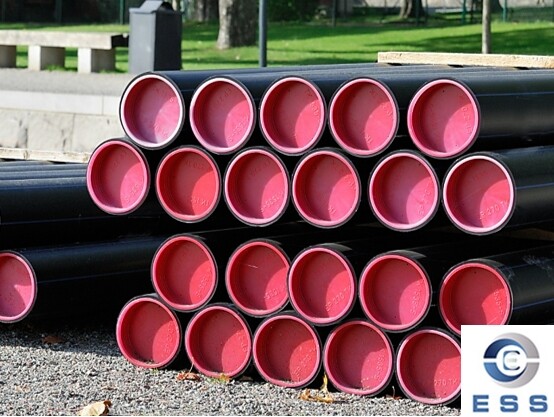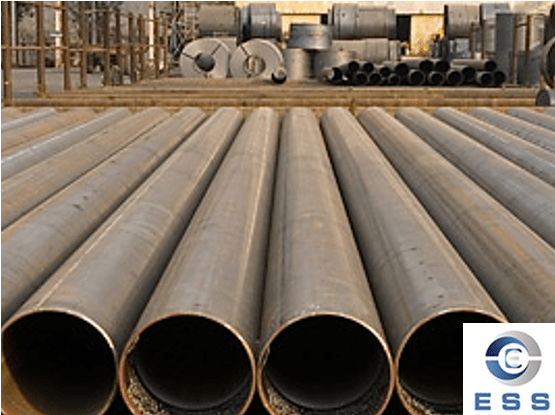
OCTG Pipe Import/Export Guide: HS Codes, Tariffs And Compliance
In global trade, the
import and export of OCTG pipe is an important part of the oil and gas industry. In order to
ensure the smooth progress of trade and avoid unnecessary risks, it is
important to understand the relevant HS codes, tariff policies and compliance
requirements. This article will provide you with a detailed OCTG pipe
import/export guide to help you better grasp these key information.
HS
Code
HS
Code is the basis of customs classification and is used to determine the tariff
rate and regulatory requirements of goods. For OCTG pipes, its HS code is
usually the following:
7304.11: Seamless steel pipe for drilling or oil production (drill pipe, casing pipe, etc.).
7304.19:
Other seamless steel pipes, which may include some special purpose OCTG pipes.
7306.30: Welded pipe for the oil and gas industry.
Tariffs
Tariff
policies vary from country to country, and here are some of the major markets:
1.
United States: According to the United States International Trade Commission
(USITC), import tariffs on OCTG pipes are generally based on the
most-favored-nation rate (MFN), and the specific rate may vary depending on the
product type and country of origin. For example, OCTG pipes imported from China
may face additional anti-dumping and countervailing duties.
2.
China: China's import tariffs on OCTG pipes are relatively low, with an MFN
rate of 0%, but the specific rate may vary depending on trade agreements and
countries of origin.
3. EU:
EU import tariffs on OCTG pipes are also based on the MFN rate, but may vary
depending on the country of origin and product type.
Compliance
1.
International Standards
API
5CT: This is a widely used standard in the oil and gas industry that specifies
the technical requirements for casing and tubing, including materials,
dimensions, mechanical properties, and test methods. Most OCTG pipes need to
comply with the API 5CT standard to enter the international market.
ISO
11960: This is a standard developed by the International Organization for
Standardization for pipes in the oil and gas industry. The standard imposes
strict requirements on the quality, size, mechanical properties and test
methods of pipes.
2.
Quality Certification
API
Certification: API certification is an authoritative certification in the oil
and gas industry, ensuring that the products meet international standards. Most
countries require imported OCTG pipes to be API certified.
ISO
Certification: ISO certification indicates the supplier's compliance with
international standards in quality management and production processes. Some
countries may require OCTG pipes to meet ISO standards at the same time.
3.
Environmental and Sustainability Requirements
Environmental
Requirements: Some countries have environmental requirements for the production
and use of OCTG pipes, such as limiting the use and discharge of hazardous
substances.
Sustainability
Requirements: Some countries encourage the use of sustainably produced OCTG
pipes, such as the use of environmentally friendly materials and energy-saving
production processes.
Trade
Process
1.
Import Process
Determine
the requirements: Determine the specifications, quantity and quality
requirements of OCTG pipes according to project requirements.
Select
Suppliers: Select suppliers that meet the requirements and ensure that their
products meet relevant standards and certifications.
Signing
a contract: Sign a contract with the supplier to clarify product
specifications, prices, delivery dates and quality assurance terms.
Handling
import formalities: Submit an import application to the customs and provide
relevant documents such as commercial invoices, packing lists, quality
certificates, etc.
Paying
duties and taxes: Pay duties and related taxes according to customs
requirements.
Clearing
goods: Complete customs clearance procedures and transport the goods to the
designated location.
2.
Export process
Understand
the requirements of the target market: Study the HS code, tariff policy and
compliance requirements of the target market.
Prepare
products: Ensure that the products meet the standards and certification
requirements of the target market.
Signing
a contract: Sign a contract with the customer to clarify product
specifications, prices, delivery dates and quality assurance terms.
Handling
export formalities: Submit an export application to the customs and provide
relevant documents such as commercial invoices, packing lists, quality
certificates, etc.
Paying
duties and taxes: Pay duties and related taxes according to customs
requirements.
Cargo
transportation: Arrange cargo transportation to ensure that the goods arrive at
the target market on time.
Summary
Understanding
the HS code, tariff policy and compliance requirements of OCTG pipe is the key
to ensuring smooth import and export trade. By being familiar with this
information, you can better plan the trade process and avoid unnecessary risks
and costs.













 Eastern Steel Manufacturing Co.,Ltd not only improve product production and sales services, but also provide additional value-added services. As long as you need, we can complete your specific needs together.
Eastern Steel Manufacturing Co.,Ltd not only improve product production and sales services, but also provide additional value-added services. As long as you need, we can complete your specific needs together.










